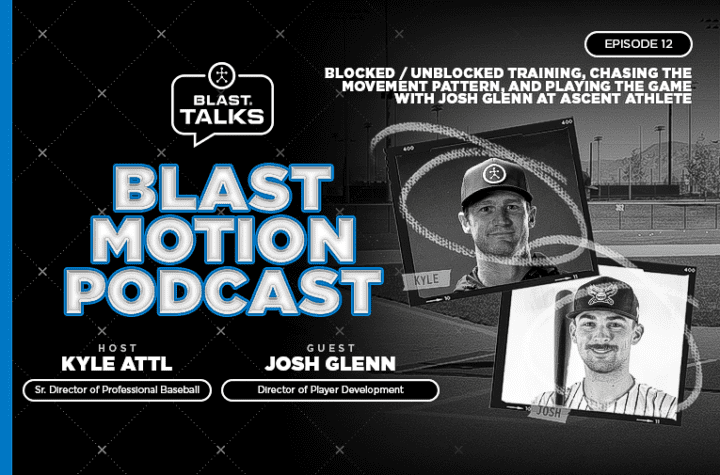
BY JOE TOURVILLE
In the past, when I talked hitting, I always spoke about the player’s swing – as if it’s a singular thing.
And then I would try and analyze “the swing” on video where the player is hitting the same batting practice pitch, that’s also being thrown in the same location – repeatedly.
OR I would analyze one specific swing from one particular game – which would result in me thinking of some adjustments to implement as I would rewind/play, rewind/play, rewind/play that same singular swing – which was, in reality, one swing of many.
However, while working at Blast the past four years, which has allowed me to study an uncountable number of hitters’ Blast data and performances (at all levels), one thing I’ve come to realize is that the best hitters don’t really have one swing.
What the best hitters have are ELITE MOVEMENTS that allow them to have MULTIPLE SWINGS that cover a majority of the strike zone – against a variety of pitches – and in different situations.
Whether the player is short, tall, fat, skinny, long arms, short arms, or whatever – when one is evaluating/training a hitter, one should be looking for a hitter who can adjust (or change) their swing and still hit the ball hard.
Baseball Savant defines a ‘Barrel’ as “a batted ball with the perfect combination of exit velocity and launch angle” (as you can see in the visual below).

This season, in MLB, only 10% of the balls put in play were ‘Barreled.”
So, in a way, hitting is a game of not just failure but of capitalizing on the many, many…many miss-hits.
And the best way to do that is to have the ability to find different ways to hit the ball hard.
And to do that you need to have a rock-like foundation of elite movements that enable multiple swings.
And the best way to measure those movements is with a Blast sensor.













